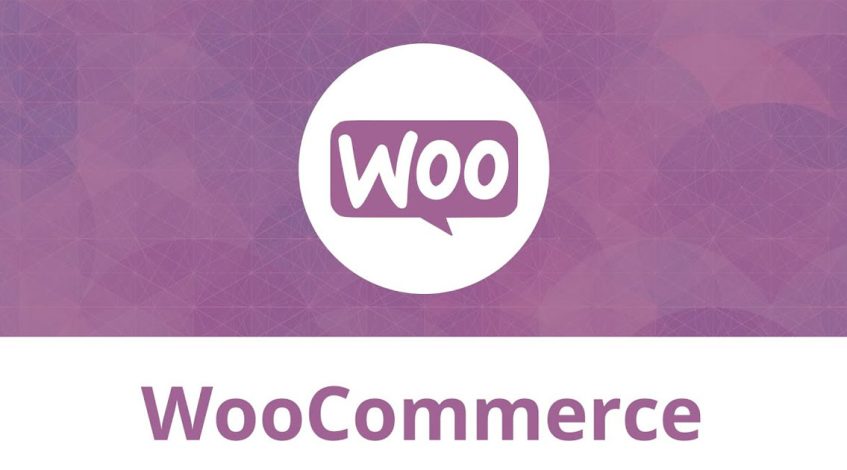WooCommerce is a very powerful and very flexible e-commerce add-on for the WordPress framework. It offers a strong platform, on which to build your online store or shop. Its almost unlimited flexibility means it can handle everything from simple, ‘one-size-fits-all’ products right up to highly variable & complicated sales. WooCommerce is good for e-commerce!
WooCommerce
First released back in 2011, WooCommerce has rapidly become one of, if not the, most popular e-commerce systems, offering an simple entry path to those companies new to e-commerce, but easily powerful enough for larger online retailers. WooCommerce offers so many additional and highly customisable features to suit the most involved of online sales.
The system builds on the WordPress platform and is backup up by a huge community of developers, worldwide. Its popularity is one of its many strengths.
I can say, hand on heart, that I know this system like the back of my metaphorical hand. Over the years, I have build several WooCommerce projects, a number of which are incredibly valuable, with very good sales. I have built selling sites for shoes, hotels, internet service providers, holiday homes, bed linen, pharmaceutical products and many other things.
WooCommerce is also capable of incorporating many payment methods (payment ‘gateways’). Of all those available, I recommend Stripe. It’s really good. But we can incorporate PayPal, WorldPay, Google Pay, Apple Pay and many, many more.
If you are looking for a cost-effective solution, and you want to have full control of your online store, then WooCommerce is the best platform for you.
Why WooCommerce? What About the Other E-Commerce Platforms?
Good question! Over the years, I’ve tried a number of e-commerce systems and, based on its flexibility, its simplicity and its ability to offer absolute control over your online shops, Woo is the best I’ve seen, so I’ve concentrated on it. I’ve listed a few of the more popular alternatives below, with my personal opinions on each.
Magento (now called ‘Adobe Commerce’)
Since its beginning, Magento has been considered perhaps the best of the bunch, the most ‘professional’. In many ways, I agree, Magento is an excellent platform. I’ve used it dozens of times and the results are always good, but there are some major downsides which have always meant me retuning to WooCommerce. The first is its lack of flexibility. There are many ‘add-ons’ available but they can be seriously expensive. It also requires a fairly hefty web server to run properly. That’s can be quite a bit more expensive, too. Technically, Magento is first-rate, no doubt, but for I would consider it for significantly larger e-commerce companies with very high turnovers.
PrestaShop
Admittedly, it’s been some time since I used PrestaShop, so it may have changed since then, but overall, I think the system was awkward, inflexible and unfriendly.
Shopify
Shopify is a popular e-commerce platform, mostly because of it heavy advertising. If you’ve ever searched e-commerce questions, you’ve most likely seen Shopify ads. They offer an apparently very favourable ‘on-ramp’ service from just €25 per month, but don’t shout too loud about the 2.9% + 30¢ per transaction fees. I have a client with an online shop, running WooCommerce. Last month (as I write this), the total sales from the website were about €17,500, with about 200 orders placed (an average of €87.50 per sale). Based on Shopify’s fees, this would have equated to €507.50 (2.9% of sales) plus €60 in transaction fees. That’s €25 + €507.50 + €60.00 equals a whopping €592.50. Per month! Not quite €25.00.
Shopify is also known for it’s lack of flexibility. If the product you sell is simple, ie., has few variations of modifications, the platform will be ok. However, as your business grows and products become more customised, Shopify will leave you frustrated – and out of pocket.
Examples of My Successful WooCommerce Projects
- Yorkshire Linen Beds & More. https://www.yorkshirelinen.es/
- Kirkland Sleep Aid. https://kirklandsleepaid.com/
- North East Container Storage. https://northeastcontainerstorage.com/
- Y-Internet. https://y-internet.com/
Examples of Websites (not mine) Using WooCommerce
- The All Blacks. allblackshop.com
- Amnesty International. www.amnesty.org
- LG (France). lg-dzstore.com
- The Spectator. spectatorworld.com
- McDonalds (Pakistan!). mcdonalds.com.pk

